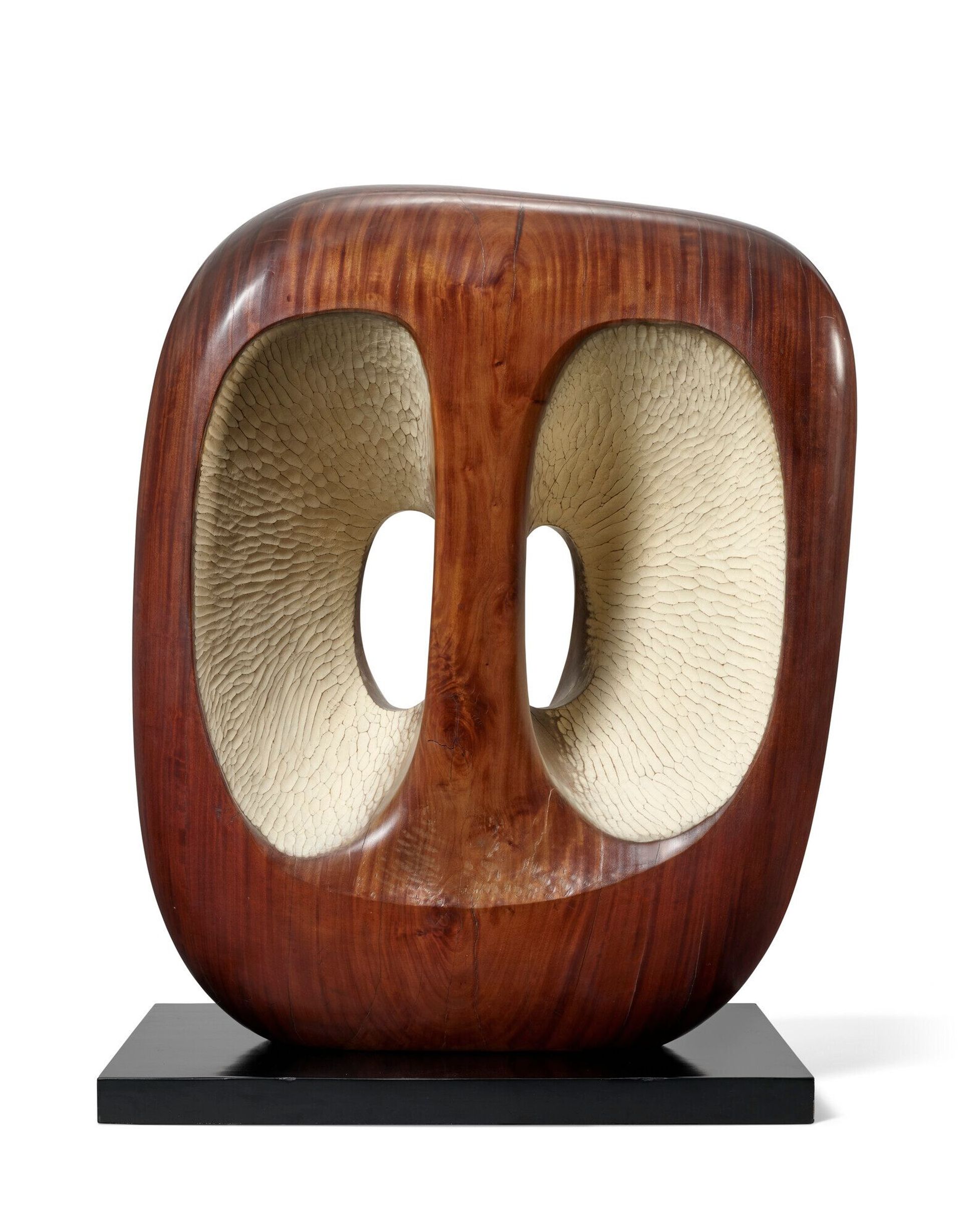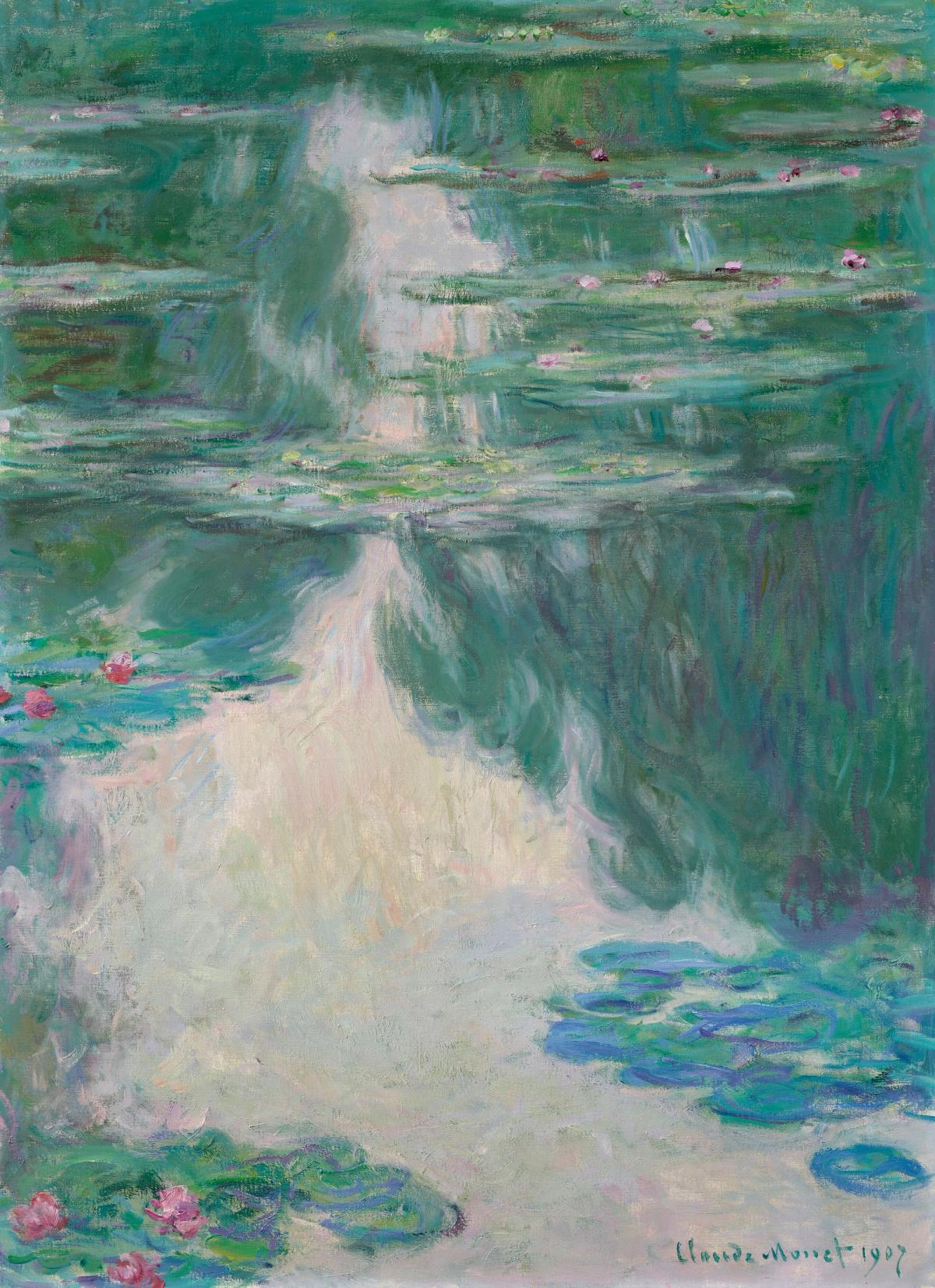The art market’s immunity to wider economic realities was tested during Christie’s three “evening” sales in London and Paris yesterday, which elicited few records and fewer fireworks. Nonetheless, the auction house fielded a solid result, achieving £173m (£203.9m with fees), comfortably within its £145m to £220m estimate.
The three-part event, which extended over more than five hours, kicked off with a group of 20 fresh-to-market works by Marc Chagall, consigned by descendants of the French-Russian artist. Even without the usual Russian contingent of buyers, the white-glove sale made £7.8m (£9.7m with fees), over its high estimate of £6.5m.
Judiciously priced, the Chagall sale encouraged deep bidding (on average seven bidders per lot, according to Christie’s). “Chagall is really one of the most impervious [artists], he is liked by everybody,” says Giovanna Bertazzoni, the vice chairman of the firm’s recently merged 20/21 department.
The top price here was for Le peintre et les mariés aux trois couleurs, painted a year before Chagall died in 1985, which sold to Tan Bo, Christie’s regional director in China, on the phone in London for £1.3m (£1.6m with premium).
The London leg of 63 lots (works by Dana Schutz, Cy Twombly and Henry Moore were withdrawn prior) was underpinned by a handful of blue-chip pieces, proving that there is still a market for the most classic of works. Two paintings by Monet—one from his coveted waterlilies series and in very good condition—fetched the top prices, both selling for £26m (£30.1m with fees) to the same (presumably European) client on the phone to Amelie Sarrado. Now a client adviser, she was previously the right-hand woman to Christie’s London-based chief executive Guillaume Cerutti.
It was also a European buyer—the Danish collector Jens Faurschou—who bought Jeff Koons’s magenta balloon monkey for £8.6m (£10.1m with fees). Sold by the Ukrainian collectors Victor and Olena Pinchuk, the proceeds will go towards humanitarian aid for Ukraine, particularly for those needing prosthetics and rehabilitation after being wounded in the Russian invasion.
"We were banking on the big-names, and the market was resilient, it responded," Bertazzoni says.
However, a handful of works failed to sell, including examples by Degas, Chagall, Moore and Paul Delvaux (bare breasts are so 2019)—and many more failed to achieve their low estimates, including pieces by Damien Hirst, Anselm Kiefer, Frank Auerbach and Jean-Michel Basquiat—all historically staples of any post-war and contemporary auction.
But such is the old guard.

Barbara Hepworth's record-breaking sculpture, Hollow Form with White Interior (1963)
One of the few records was for Barbara Hepworth, whose Hollow Form with White Interior (1963) went for £4.8m (£5.8m with fees; est £4m-£6m).
According to Christie’s, female artists accounted for 48% by lot of the living artists in the London sale—a greater proportion than ever before. Among the top results here were for Lucy Bull, whose No More Blue Tomorrows (2018) sold for £220,00 (£277,200 with fees); Rachel Jones, whose Spliced Structure (2019) vaulted over its £150,000 high estimate to go for £320,000 (£403,200 with fees) to a US client; and Simone Leigh’s Untitled V (Anatomy of Architecture series) (2016)—a version of which is on show at the Venice Biennale—which also went to a US bidder for £575,00 (£724,500 with fees).
Collectors from the Asia-Pacific region are driving some of the new trends, including a heated market for the so-called “wet paint” lots, which are virtually impossible to secure on the primary market and were front-loaded by Christie’s at a favourable time for those eight hours ahead of London. Asian-Pacific clients accounted for 23% of all buyers; Americans accounted for 29% of buyers and those from Europe, the Middle East and Africa 48%. Of the new bidders and buyers on the day, 18% were from the Asia-Pacific region.
Overall, the London sale totalled £153m (£181m with fees), squarely within its £133.2m-£195.5m estimate.
The Paris tranche, though mercifully shorter at 24 lots, felt more laboured, bringing in £12.2m in total (£13.2m with fees), a smidge above its low estimate of £12.1m. The high estimate was £17.7m.
Describing the overall result as “strong, but admittedly without much froth”, Hugo Nathan, a founding partner for the art advisory Beaumont Nathan, says “most things sold at impressive prices, even without fireworks”.
He adds: “I suspect the lacklustre mood was more a symptom of fatigue at the end of a long season rather than any clear indication on the market.” Indeed, the auctions are no longer the only gig in town at this time of year. Vying for attention this week alone are Tefaf Maastricht and Masterpiece art fairs, while Art Basel closed just ten days ago.
Despite the competition, it seems any talk of an art market correction has, for now, been muted. It just remains to be seen what happens in the second half of the year.


